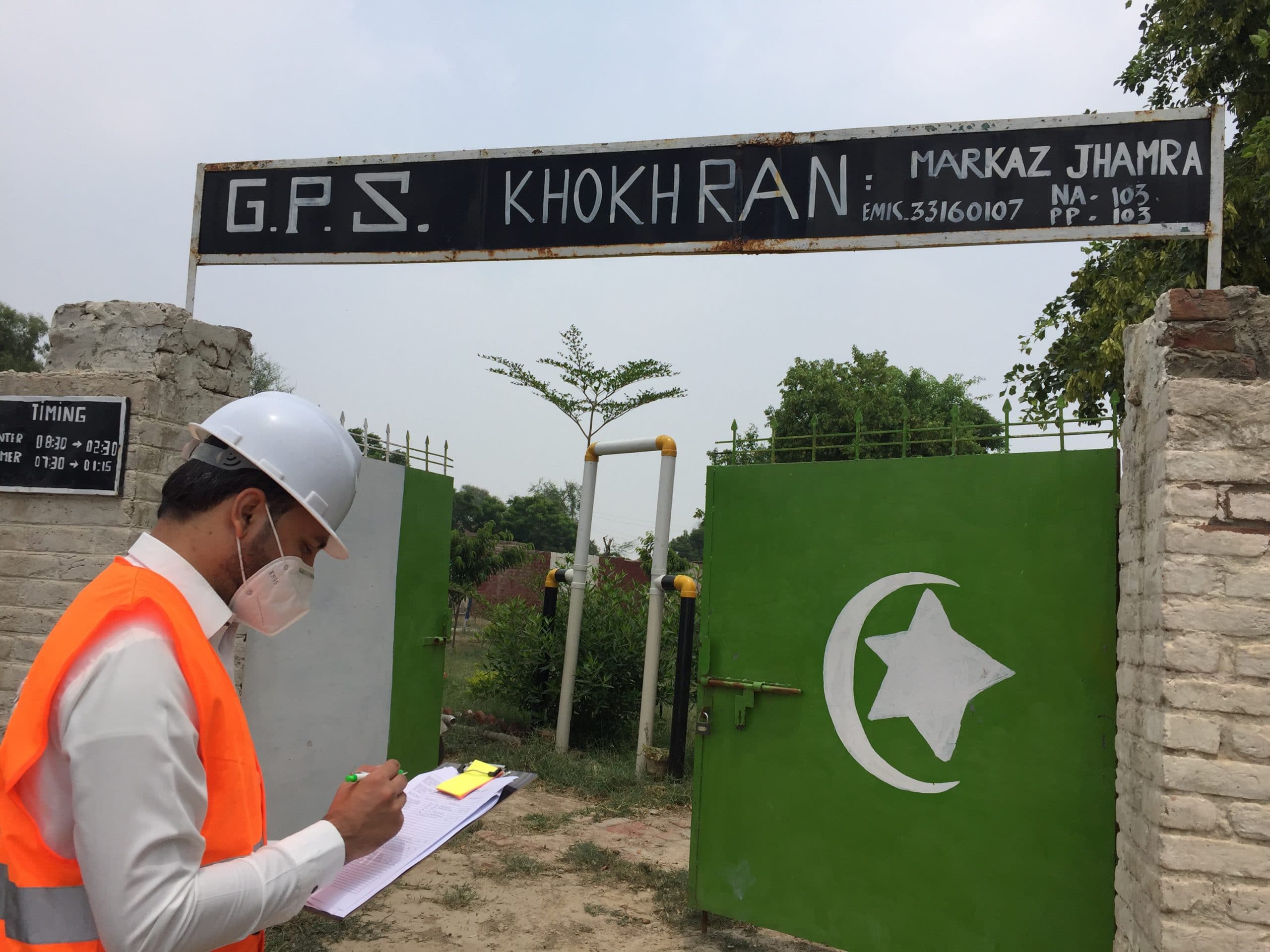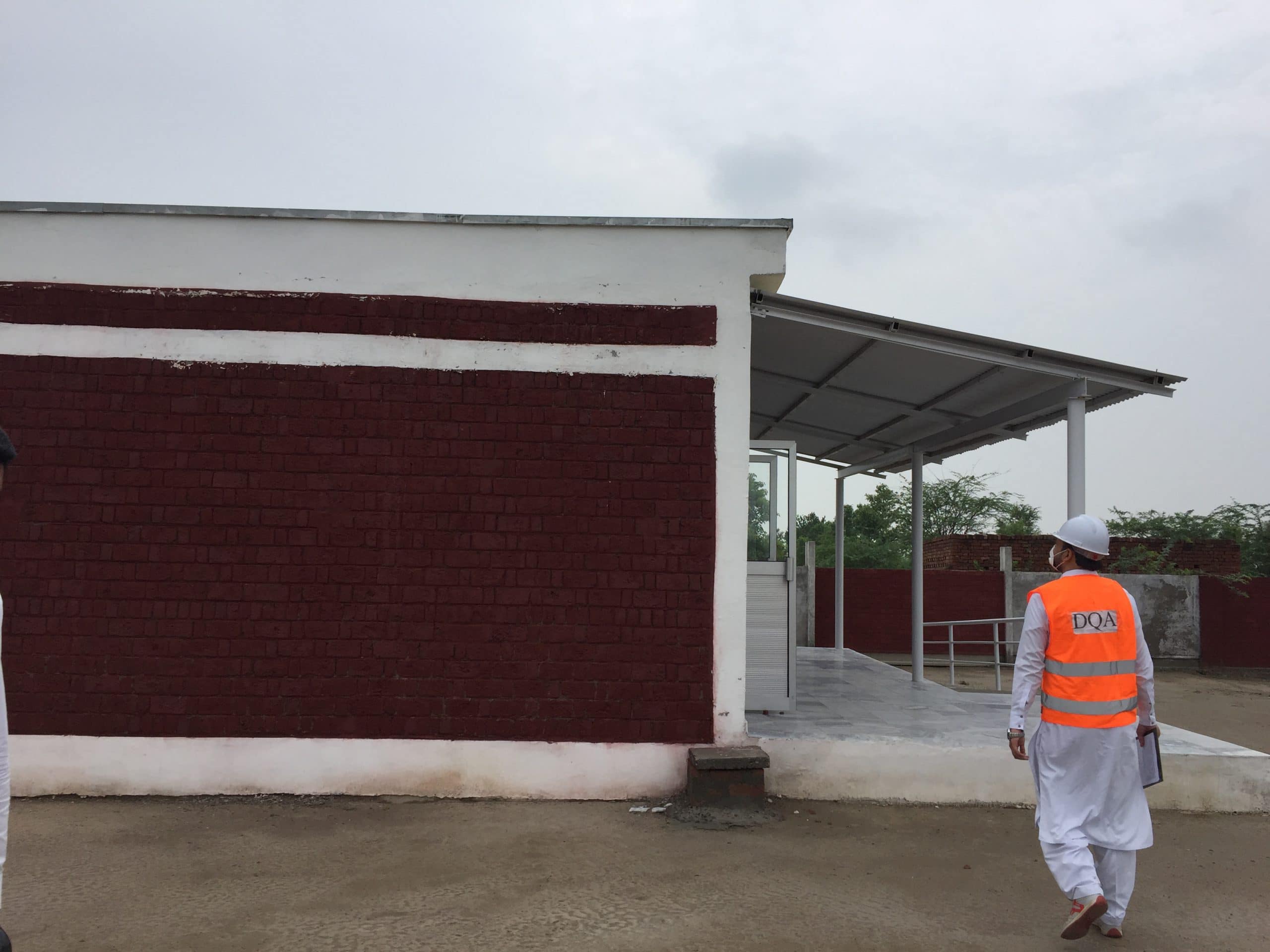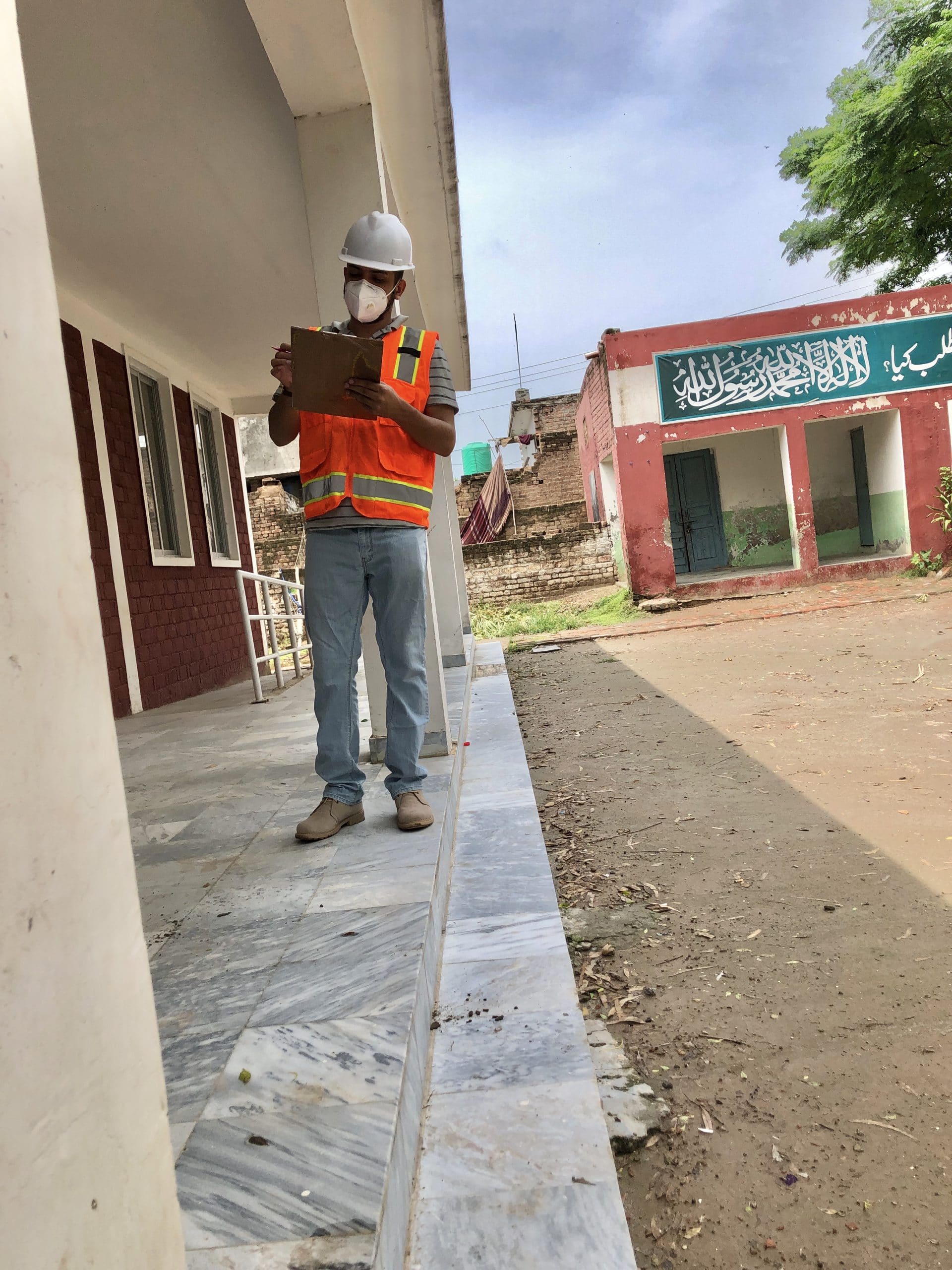DQA offers comprehensive structural assessment and evaluation of existing buildings in Islamabad and Peshawar. Our structural engineers use desk reviews, field testing, and advanced analysis to thoroughly evaluate building safety and structural integrity.

Structural Health Assessment (SHA) is defined as an approved process or methodology of evaluating the safety of structures in its existing as built condition. The DQA provides services of SHA through its well versed and experienced team, that has successfully completed numerous SHA projects. The Structural Health Assessment (SHA) Generally Includes The Following Steps: • Desk Review Of The Construction Documents • Visual Condition Assessment Of The Existing Building • Supplemental Field And Laboratory Tests For The Verification Of Material Properties • Analytical And Numerical Analysis Of The Existing Building • Design Of Repair/Retrofitting Schemes Along With Application Methodology and Material Specifications Field/In-Situ Tests: • Shear Strength Of Brickwork Using Flat Jack, If Required. • Concrete Strength Through Nondestructive Tests Using Calibrated Schmidt Hammer. • Foundation (Width, Breadth And Depth Etc.) Check Tests Where Required. • Diameter Of Bar Using Digital Ferro Scanner, If Required.

DQA provided consulting services to IMC Worldwide for the capacity evaluation of twenty different types of truss systems used as roofs in IMC schools built under the Humqadam- School Construction and Rehabilitation Program (SCRP). The project's scope was to model and analyze these trusses in a finite element analysis-based software, SAP2000/Etabs, and to check the adequacy of the truss elements by comparing their capacities to the demand specified in Pakistan's Building Code, as well as to provide appropriate retrofitting measures where necessary.

DQA assessed and strengthened various school designs prepared by IMC Worldwide for the Humqadam-School Construction and Rehabilitation Program (SCRP) in accordance with the Pakistan Building Code-Seismic Provision 2007. (BCP SP 2007). The school designs include single, double, and triple-story structures in seismic zones 2A, 2B, and 3 of the BCP-SP 2007. For design assessment and strengthening, detailed or simplified analysis approaches were used depending on the number of stories, structural irregularities, seismic zone, and structural typology of the school designs.

DQA carried out Seismic Capacity Evaluation of seven school buildings constructed by IMC under Humqadam School Construction and Rehabilitation Program (Humqadam-SCRP). Non-linear pushover analysis has been used for the assessment of the buildings according to the provisions of ACSE 41-17, Seismic Evaluation and Retrofit of Existing Buildings. Pushover is a static-nonlinear analysis method where a structure is subjected to gravity loading and a monotonic displacement/force-controlled lateral load pattern which continuously increases through elastic and inelastic behavior until an ultimate condition is reached. The output generates a static-pushover curve which plots a strength-based parameter like base shear against the lateral displacement. Subsequently, the structural capacity of the buildings obtained from the pushover curve is compared with the demand computed from inelastic design spectra corresponding to the seismic zone in which the building is situated.

Structural stability assessment of 1267 school buildings was carried out using the Rapid Visual Screening (RVS) procedure according to the provisions of FEMA P-154, 2015. “Rapid Visual Screening of Buildings for Potential Seismic Hazards”. The RVS procedure uses a methodology based on reviewing the building drawing followed by a sidewalk survey of a building and a Data Collection Form, which the person conducting the survey completes, based on visual observation of the building. The Data Collection Form includes space for documenting building identification information, including its use and size, a photograph of the building, sketches, and documentation of pertinent data related to seismic performance. Based on the data collected during the survey, a score is calculated that indicates the expected seismic performance of the building.









































Leading the way forward in Pakistan's structural engineering sector. Ready to discuss your Project?
contact us